| Short trip, under 3 weeks, to tourist areas | hepatitis A -diphtheria / tetanus -yellow fever |
| Travel over 3 weeks, in addition | typhus -evt. hepatitis B |
| Longer stays, in addition: | hepatitis B -evt. rabies (dog madness) - tuberculosis |
| COVI - 19 | 3 Vaccines |

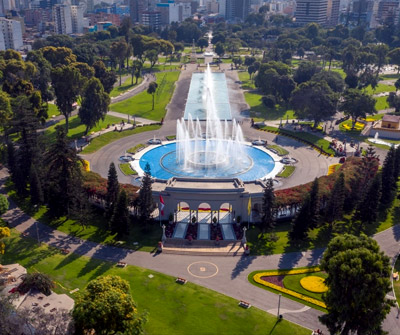
Avreise fra Norge Ankomst Peru-Lima om kvelden lokal tid Der blir du møtt på flyplassen og kjørt til hotellet Vi overnatter i Lima.
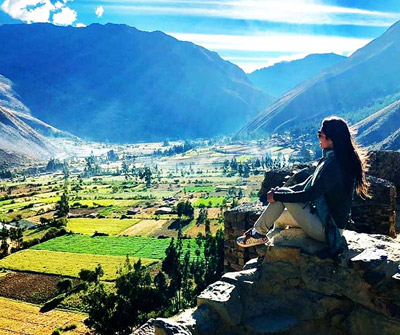
Today we travel to Cusco Transport from the hotel to the airport Fly Lima - Cusco flight trip takes 1h 10 min There you will be met by a guide who makes a private transport to the Urubamba valley about 1h 30min I think it is better to spend the night down in the Urubamba Valley because it is lower than Cusco which is at 3400 m above sea level. Urubambadalen is located at 2900 m above sea level Accommodation Urubamba Valley
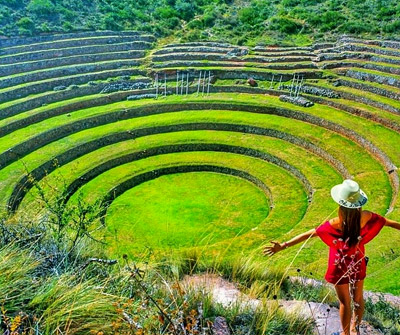
F Today we are going on an excursion to the Urubamba Valley, the sacred valley of the Incas. The first stop is Pisac, which is especially known for its Native American markets, where you can buy everything from Peruvian wool sweaters and jewelry. Pisac is also known for its impressive ruins located above the city. They are built of smaller stone than those you find in Sacsayhuaman, but the precision they are carved out and adapted with is absolutely incredible - and so is the view. After lunch, continue to Ollantaytambo, another charming village in the heart of the valley, a city that is almost a living museum, for all its inhabitants adhere to ancient traditions and laws handed down from their ancestors. The city is known for the building complex of the same name, which consists of temples and impressive Inca Fort. Accommodation in the Urubamba Valley.
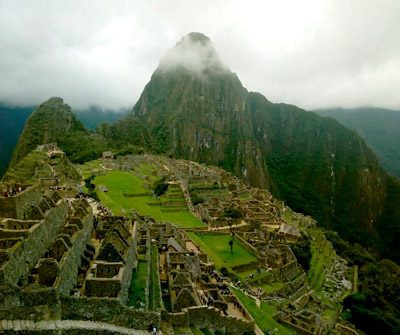
F An early start to get up to Machu Picchu when the sun rises, a walk of approx. 1.5 h. There will be a guided tour inside Machu Picchu of approx. 2 h. There we will visit most of the most important ruins. In the afternoon we take the train back to Cusco. Overnight in Cusco.
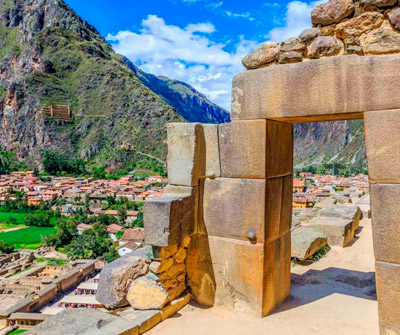
F The city was originally built in the shape of a puma, one of the sacred animals of the Indians. Today, the city looks completely different compared to when the Spaniards came here in 1532, but the mighty ruins that surround the city and the well-preserved colonial city center around the central square Plaza de Armas. The afternoon is dedicated to Cusco's Inca and colonial riches. We start with Koricancha, also called the Temple of the Sun, which testifies to the Inca people's advanced building technique. Today, only a fraction of this temple remains, something the Spaniards described as supernaturally beautiful and impossible to describe. We will visit the famous Inca ruins Sacsahuaman, Quenke, Puka Puqara and not least the Qoricanca Sun Temple. In the afternoon there is free time Accommodation Cusco
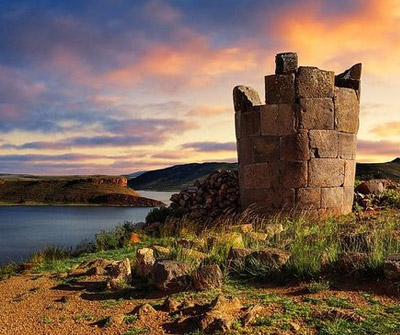
F L Transport from the hotel to the bus station Today we travel from Cusco to Puno by bus about 9h on the bus it is with an English speaking guide, we stop at some tourist places and a stop to eat a lunch buffet. In this trip from Cuzco to Puno we can admire the beauty of the Andes, in addition we observe its snow-capped mountains and volcanoes and camelids such as alpaca vicuna and llamas. We make several stops along the way, including in the small Andean community Andahuaylillas, known for its magnificent colonial architecture, but first and foremost for the very beautiful church of San Pedro de Andahuaylillas from the early 17th century. It has made such a strong impression on visitors that it has been nicknamed the Sistine Chapel of South America. We continue to the impressive archeological site in Racchi which is known for its temple Wiracocha. Nature never ceases to fascinate. We are high above the sea and the landscape is barren. Continuing the journey, we stop at the highest point of the road, Abra La Raya. Here we are over 4 335 masl. This is a great trip that I recommend Transport from the bus station to the hotel Accommodation Puno
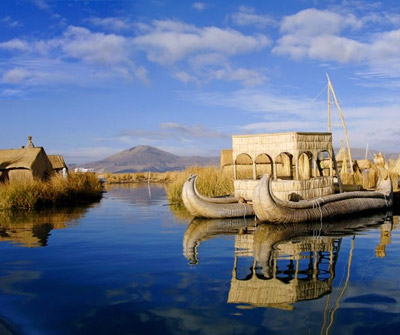
F LToday it will be a full day trip out to Lake Titicaca First you visit the floating islands of Urus and then you take the boat on to the island of Taquile There you go up to the top of the small village where we will have lunch We will get a great view of Lake Titicaca from there After lunch you go down to the boat and then return to Puno Accommodation Puno.
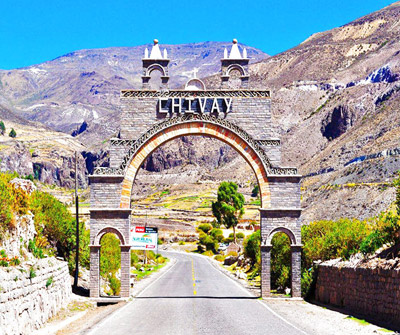
Today we travel further in the morning to Colca Canyon, we arrive at the small village of Chivay after about 4 hours. It is one of the deepest in the world. The Colca Valley is a colorful Andes Valley with pre-Inca roots, and towns founded in the Spanish colonial era, still inhabited by people from Collagua and the Cabana culture. The locals maintain the traditions of their ancestors and continue to cultivate pre-Inca terraces, called platforms. We will have the opportunity to swim in the hot springs there. Accommodation Chivay.
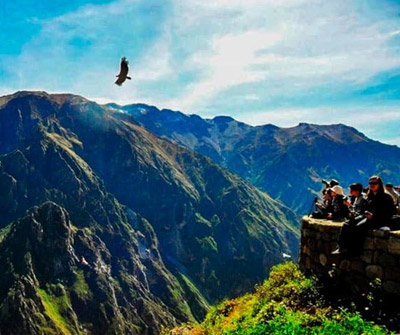
We travel further into the canyon to look for the majestic bird the condors with a wingspan of 3m. Along the way we stop at several places to look down into the canyon on all the Pre-Inca terraces and the mysterious lakes.
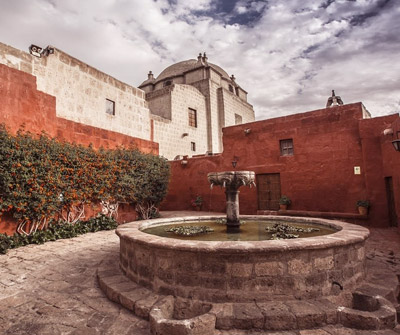
Arequipa is a city in the southern part of Peru, near the border with Chile. With over 1900,000 inhabitants, it is the country's second largest city. It is located at the foot of the Misti volcano. Arequipa's historic center is a UNESCO World Heritage Site. This is a quiet day, it will be a city trip that lasts about 3 hours the rest of the day it is free. Accommodation Arequipa.
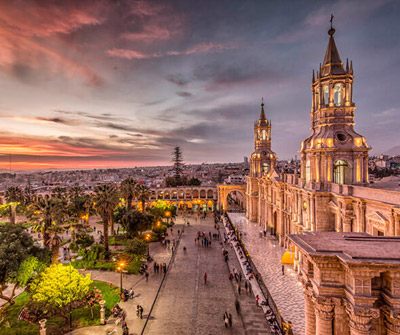
Transport from the hotel to the airport. Here’s where we part ways. Thank you for joining us on this amazing adventure!